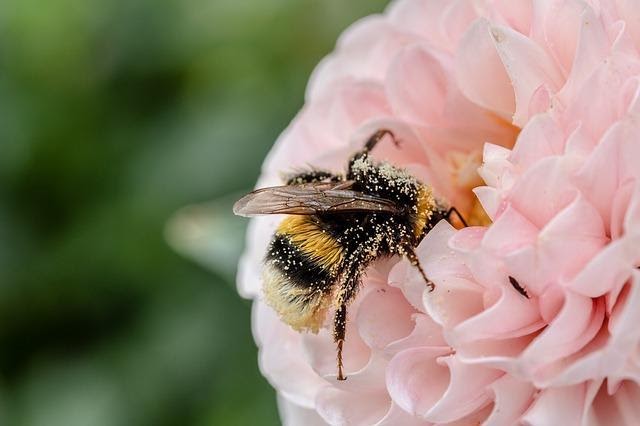Earth Day was created to "drive transformative change for people and planet." And this year marks the 50th anniversary of recognizing + celebrating Earth Day, so it's one you definitely don't want to miss.
While this year, Earth Day may look a little different in self-isolation, we can still exercise our responsibility to act for environmental health. While social distancing, we can reassess our current habits + develop new ones that are better for the planet.
Here are our 5 “isolutions” to help you take action + celebrate Earth Day while practicing self-isolation.
1. Cut Back on Animal Products
After fossil fuels, animal agriculture contributes the most to human-made greenhouse gases, which are believed to drive climate change. Not only that, but animal agriculture uses massive amounts of water, pollutes water and air, contributes to major deforestation, and leads to a loss of biodiversity.
Keep it simple and ease into this change—just cutting back on meat and eating plant-based meals when you can is enough to make a major difference. Cattle are the biggest culprits when it comes to environmental harm, so reducing or eliminating your beef consumption is the quickest way to make an impact.
If you’re searching for help or support on how to change up your diet, movements like Meatless Monday or Meat-Free Mondays are a good place to start. Both organizations run websites designed to motivate and support people cutting back on their meat consumption. Plus, once you've cut out meat on Mondays, it'll become easier to eat less meat other days of the week as well.
2. Plant a Pollinator Garden
With all the time we’ve been spending at home, many of us have been looking for more ways to bring the outdoors to us. But if you haven’t jumped on the garden bandwagon yet, Earth Day is the perfect time to start!
Honeybees, bumblebees, and other flying insects such as monarch butterflies are declining at alarming rates across the world. These insects are dubbed "pollinators" because they pollinate flowering plants as they travel around snacking on nectar and pollen.
You can support the pollinator populations by making your yard pollinator-friendly and avoid using pesticides on your lawn, which are thought to kill pollinators and plant a pollinator garden. A variety of flowering plants native to your area are best for pollinators, and planting them in your yard can help give local pollinators the food they need to stay alive. Also, plants such as milkweed, spicebush, sassafras, and parsley host caterpillars, helping sustain local butterfly populations. Who doesn't want more butterflies in their yard?
3. Practice Re-Use
Reusing items instead of opting for new or single-use products comes with many Earth-friendly benefits. When you reuse, you keep items out of a landfill, prevent pollution that would be caused by the manufacture of new items, save money, and potentially help people in need, if you choose to donate your old items.
Reusable straws and grocery bags are gaining popularity, but reuse goes way beyond those items. There are three main ways to reuse:
- Avoid single-use items such as plastic packaging, water bottles, and shopping bags
- Buy used instead of new items, such as clothing, household items, cars, and electronics
- Donate items you don't want any more instead of throwing them away
Always keep in mind, practicing Reuse doesn't have to feel like a sacrifice—make it fun and something exciting as you adjust to an environmentally-friendly lifestyle.
4. Support Environmental Organization
There are plenty of individual actions each of us can take to help the environment, but the reality is, they likely won't be enough on their own. Supporting environmental organizations is important because these organizations conduct research, influence public policy, take environmental offenders to court, protect endangered animal and plant species, and more.
Here are some of the top environmental organizations in the U.S.:
- Sierra Club
- The Nature Conservancy
- Environmental Defense Fund (EDF)
- Natural Resources Defense Council (NRDC)
- Greenpeace
- World Wildlife Fund (WWF)
If you can't afford to donate to environmental organizations, consider volunteering.
5. Contact Your Representatives
Not everyone feels comfortable contacting their representatives, but it’s not nearly as scary as it seems. You most likely will get in contact, initially, with an intern or assistant when you call or email your state representatives and most political offices track how many people contact them about each issue, so making a call or sending an email is a good way to let your elected officials know their constituents take environmental issues seriously.
Pro-Tip: You don't have to know anything about what bills are currently being discussed to be able to contact your representative. It's fine to call and say something general, such as, "I'm concerned about the decline in pollinators, like honeybees. What is the Senator doing about this issue?"
USA.gov runs a page you can use to find your elected officials at federal, state, and local levels of government. Once you've located your officials, consider saving their office numbers in your phone, so you can call them easily at any time. As you learn more about environmental issues and hear of programs and actions you support, give your reps a call!
